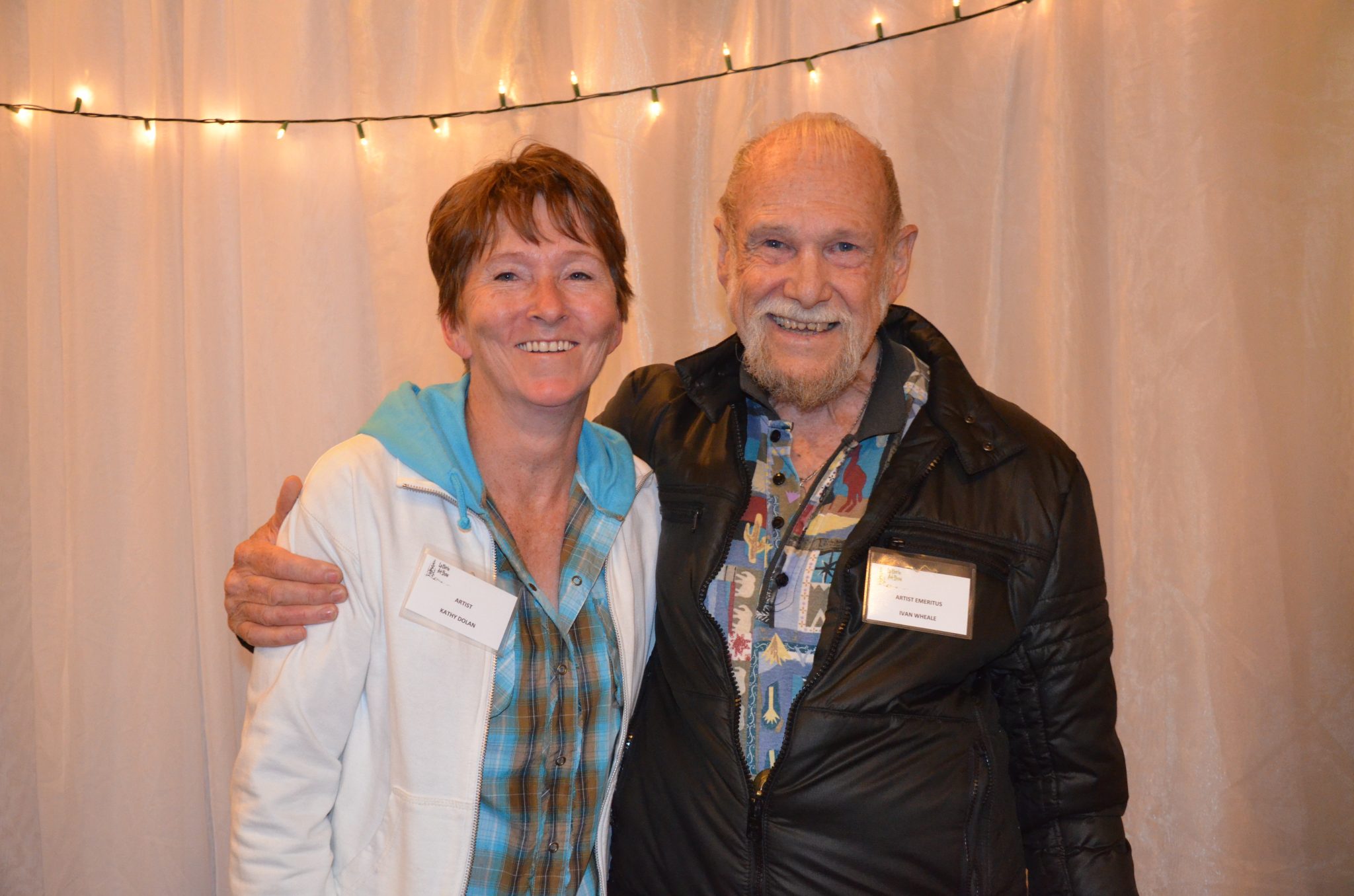by Erica Bond, OFAH invasive species liaison
MANITOULIN— The giant hogweed is a large flowering perennial herb that reaches an average height of
3-5.5m that comes from Eastern Europe and Central Asia. It was first found in Ontario in 1949.
Hogweed is usually confused with the native species of plant is called cow parsnip. Both plants have a sap that comes from their stems. When the sap gets on your skin, it lowers the UV protection and can cause second degree burns. If you do come into contact with hogweed make sure to go straight inside and wash well with dish soap and avoid going outside for at least 48 hours. If you don’t notice when your skin comes into contact with the sap, after a couple of hours of being outside you will start to feel a burning sensation on your skin that will start to blister soon after that. The chemical that causes your skin to burn also deters animals from trying to eat the plant.
The giant hogweed has hollow stems that have purple blotches or are completely purple with thick course hair that holds the sap. The stem’s diameter is typically around 10-15cm, whereas the cow parsnip does not have purple or coarse hairs on their stems, with a diameter of 5cm at the base of the stems. In addition, their leaves have a jagged look to them and can reach up to 1m in width.
The flowers are whitish in colour and in mid-June they cluster into an umbrella shape of flowers. Each plant can have between 50-150 rays which can create up to 50,000 flowers on one plant. Their seed can travel around 10m (33ft) away from the parent plant with the wind and can travel by water for three days before they sink. The plant normally only lives for two years, but can live up to five years. Between one and four years it is considered a young plant and in its fifth year it will become a mature plant that flowers. Subsequently, after the plant is done flowering the plant dies.
Hogweed likes to live in wet areas such as marshy wetlands, by lakes and in the ditch. If you do have giant hogweed on your property or think that you do, you should call someone who has knowledge on the plant to come and confirm that it is hogweed and not cow parsnip. An easy way of getting the plant identified is to download an app called EDDMaps or to go onto their website, www.eddmaps.org, and send in a picture(s) of the plant and they will let you know if it is giant hogweed or another species.
If it does turn out to be hogweed the best thing to do is call a company that specializes or deals with hogweed to come and remove the plant from your property so it will not spread else and you help contain the spread of the invasive species in general. If you need any more information call Manitoulin Streams and ask Erica Bond at (705)589-1653 or email manitowaning.outreach@gmail.com.





